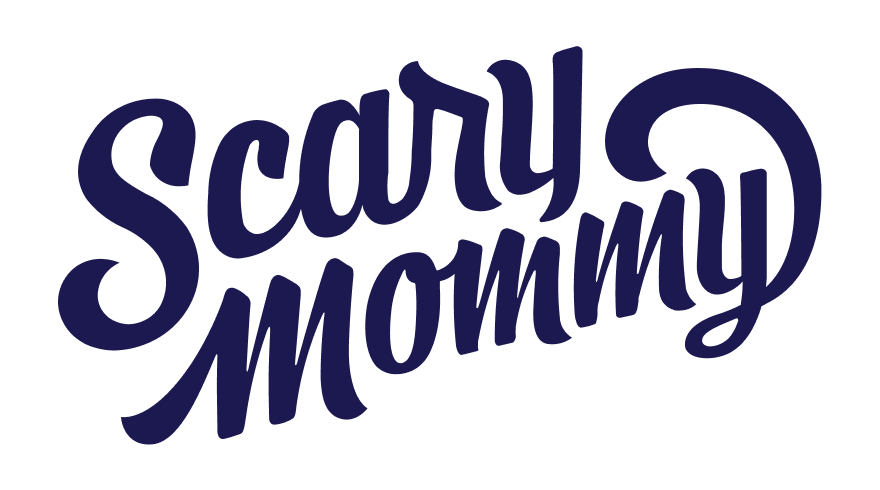Thoughts from Fiona Green and Dallas Cant
What a wild time to be living through. This phrase, like many other pandemic 'taglines' I've picked up over the last year and a half, has been routinely on my tongue. When thinking about the return to school and teaching, it's the first thing that comes to my mind. It's already a lot figuring out how to navigate, respond to, and keep on living through the ongoing trauma of the pandemic, emergence of new variants, mass death, and state and/or provincial failures in keeping folks safe, housed, and fed - nevermind showing up for school, learning, and teaching practices. The swirl of pandemic realities has taken a massive toll on my own capacity to continue learning and working in the ways that felt so normal before the onset of the SARS-CoV-2 virus. And I'm lucky, I have a safe home, good wifi connection, and the support of community around me. Yet still, I find myself struggling. I finished my last semester of my undergraduate degree in the pandemic. My last 5 weeks of being a student coincided with a debilitating sickness, something which left me with continual brain fog and an extreme lack of energy. I can only assume now that what I was dealing with was Covid-19. While I am thankful to have had understanding professors and the support of my partner and family, finishing my degree was a feat. While I am not returning to school as a student this fall, I do find myself thinking about the time and toll in which staying-as-safe-as-possible, managing and taking care of the contraction of SARS-CoV-2, caregiving, and grieving takes away from focusing on learning, writing, and connecting with fellow students. The fast track pace of post-secondary learning leaves little time to slow down, and the pressures to continue on as 'normal' have not gone away.
Perhaps, however, my continual urgency to slow down and cut back in order to take care of my mental and physical health as best I can is just one of many methods of coping with the pandemic. I have friends and coworkers who have found that their time at home has opened up more energy to learn new skills, complete their coursework, and continue on. The urge to keep busy or take everything off of one's plate shows us that we all cope in different ways, like anything in life. And for once, this fact fills me with a sense of calm ~ this too, shall (hopefully) pass.
While I won't be a student this fall, I will be taking on a small teaching assistantship position in an entirely online class. I am curious to witness the ways in which students' coping mechanisms and lessons of pandemic life may emerge in the digital classroom context, or how they might inform our conversations. While I have not lost all hope for this fall, I too, like many, await in fear about how the 4th wave will impact student's learning and our virtual time together.
~Dallas
As we enter the fall of 2021, we're collectively coming to terms with and learning how to manage the more contagious and potentially more deadly global delta variant. Adapting to the realities of our times of political upheaval, environmental devastation and destruction, human rights violations, the rise of control over pregnant, trans and gender nonbinary bodies in some American states, the insurgent fundamentalist control over Afghanistan, is making daily life for many more difficult to navigate. These global realities are the context within which we are living and learning.
I hear you, Dallas. As I prepare over the final days before my teaching schedule begins, I wonder about the students I shall be teaching in my online Zoom classes. I wonder how their last two years of online education has influenced their expectations, skill set, knowledge and capacity to continue learning in this format. I long for the experience of being in-person in a multi-dimensional space, where learning and sharing take place.
I know the energy and focus it takes to be present when communicating through a screen. I've found myself drifting away, struggling to be present, during online meetings and conferences. I crave and miss the spark and energy exchange of in-person learning in a shared physical space. The flow of ideas, of engaged bodies and minds is palpable in real time and space. The ebb and flow of voices, the hum of discussion, the pauses of deep thought in groups where concepts, experiences and trust are introduced, developed and shared offer a richness to learning and teaching in-person that I have yet to experience online. The dynamic and layered motion of breath and movement are flattened and reduced to one-dimensional talking heads. A dismembered representation of full humans through the screen.
Yet, I've seen how the online classroom can offer students who are less comfortable in the real-time classroom opportunities to participate and learn. Being in their own space when and where they feel safe and supported by their surroundings helps to reduce social anxiety and offers time and the conditions to be more present, to participate and to share. Students more comfortable communicating through text rather than verbally, those who need time to think through ideas and articulate their thoughts in writing find online formats more conducive to their ability to engage, contribute and learn. For those who find space to connect with others at their pace, rather than one that may feel hurried and intensely rushed, may find online learning refreshing and inclusive.
As the person designing and leading undergraduate courses, I'm learning to alter my style of teaching and expectations of classroom dynamics to better suit online platforms. I hope that the students in my classes are open to my approach and are generous in their forgiveness of the mistakes I'm likely to make. My mantra for this year is "lead with compassion" ~ for students and for myself.
~Fiona

No comments:
Post a Comment